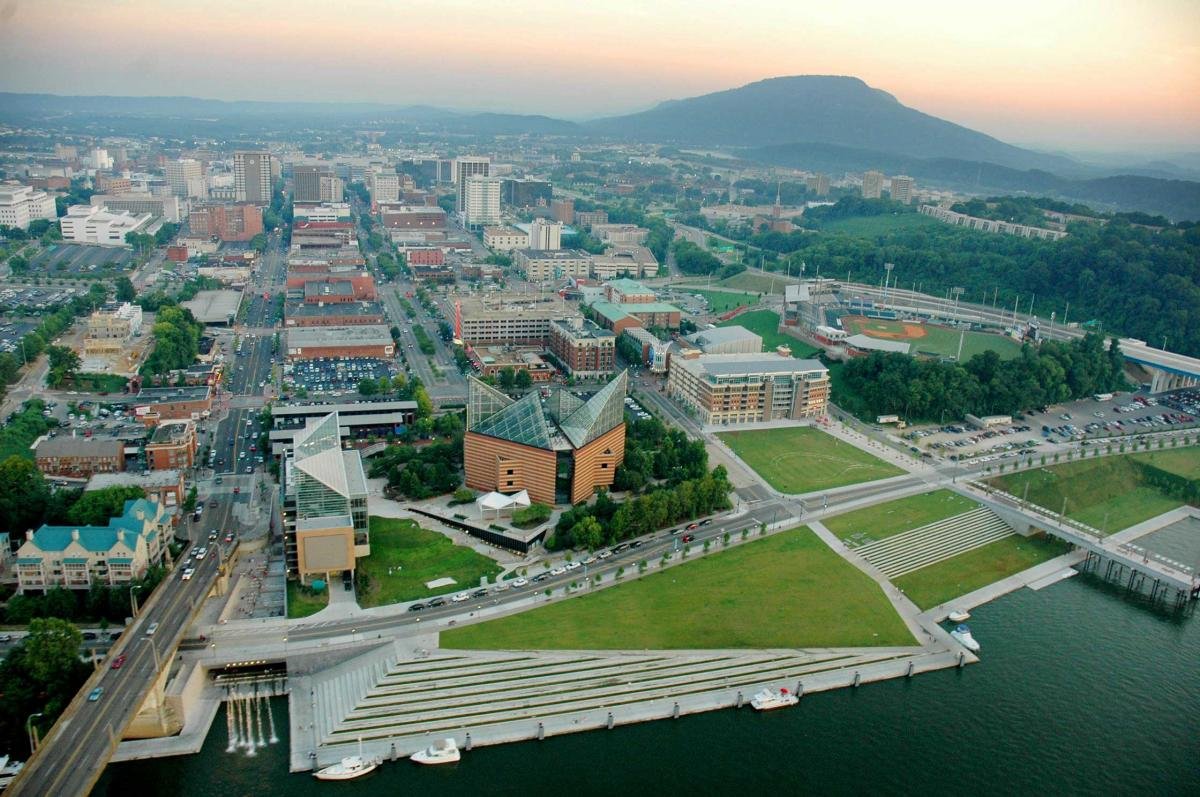A city’s waterfront is a terrible thing to waste
BY BEN CROWTHER
The city and the river. Not so long ago, the two were almost always intertwined. Rivers were the lifeblood of cities, which relied upon them for irrigation, hydration, sanitation, and transportation. But in the 20th century, many American cities turned their backs on their waterfronts and covered them in highway pavement. Highways like Albany’s I-787 took working waterfronts and made them exclusive routes for cars and trucks.
Today, we have a greater appreciation for urban waterfronts as unique natural amenities and can see firsthand the economic, recreational, and environmental benefits that come from waterfront access. It should come as little surprise then that a handful of cities have rushed to dismantle these highways and reconnect with their waterfronts. In 1978, Portland replaced the six-lane Harbor Drive on the east bank of the Willamette River with Waterfront Park, one of the first highway removals in the country. San Francisco followed suit in 1991, freeing its waterfront from the elevated Embarcadero Freeway. In recent years, Chattanooga, Seattle, and Niagara Falls have also completed similar projects and the movement has taken off globally in places like Paris and Madrid.
There are even more cities with projects in the works, putting Albany in good company. Local advocates are pushing for the removal of highways along waterfronts in Hartford, Louisville, Trenton and Duluth. Portland and San Francisco have had such great success in reclaiming their waterfronts that each city is exploring doing it again.
As Albany residents consider how to best establish the city’s connection with the Hudson River, they can look to all these other examples and proposals for inspiration. It’s often easy to think of highway infrastructure as immutable, but that’s far from the case. As I-787 nears the end of its designed lifespan, this presents a once-in-a-generation opportunity to make significant changes in ways that meet multiple community objectives rather than only serving traffic. •
Ben Crowther manages CNU’s Highways to Boulevards and Freeways Without Futures initiatives.


